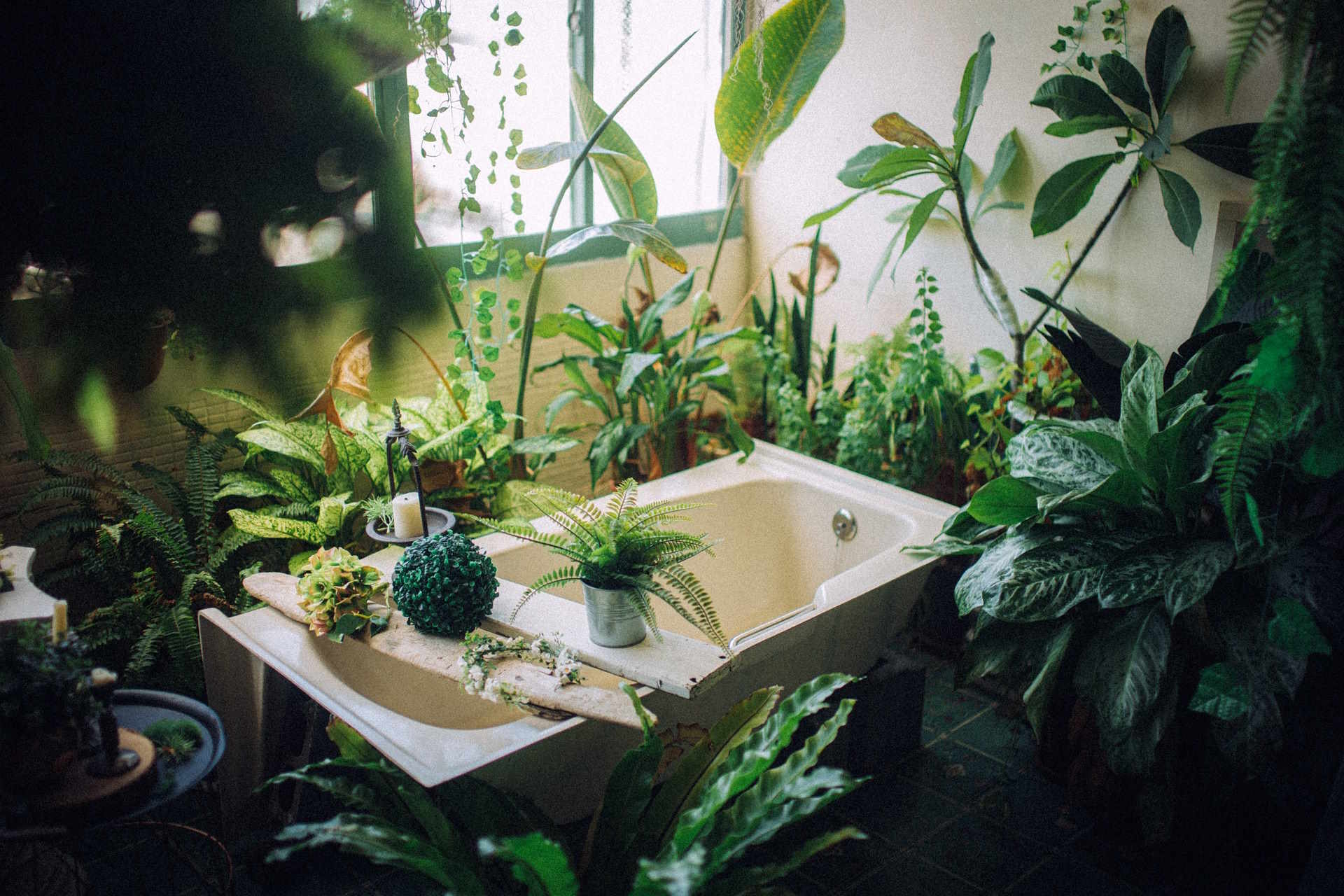Neotropical Oasis: Bringing the Amazon Rainforest into Your Living Room
The lush, vibrant world of the Amazon rainforest is captivating millions with its exotic allure and biodiversity. Now, a daring new trend is emerging in home decor: the Neotropical Oasis. This bold design movement transforms living spaces into miniature ecosystems, blending the wild beauty of the Amazon with modern aesthetics. From vibrant color palettes to innovative plant selections, the Neotropical Oasis style is redefining how we connect with nature in our homes.
The Roots of Neotropical Design
The Neotropical Oasis trend finds its origins in the growing global awareness of the Amazon rainforest’s importance and the increasing desire to connect with nature in our daily lives. This design movement began to take shape in the late 2010s, inspired by the work of botanists and conservationists who sought to recreate rainforest microclimates in controlled environments.
Early adopters of this style were often passionate plant enthusiasts and environmental activists who wanted to bring attention to the beauty and fragility of the Amazon ecosystem. As the trend gained traction, it evolved from purely scientific recreations to more stylized interpretations that balanced authenticity with aesthetic appeal.
The Neotropical Oasis style draws heavily from the principles of biophilic design, which seeks to strengthen the human-nature connection within built environments. However, it takes this concept further by specifically focusing on the unique biodiversity and visual characteristics of the Amazon rainforest.
Key Elements of the Neotropical Oasis
Creating a Neotropical Oasis in your home involves more than just adding a few tropical plants. This immersive style incorporates several key elements to truly capture the essence of the Amazon:
-
Layered Vegetation: Mimic the forest canopy by arranging plants at various heights, from floor-standing trees to hanging vines.
-
Water Features: Incorporate small fountains or misting systems to recreate the humid atmosphere of the rainforest.
-
Natural Materials: Use raw, organic materials like wood, stone, and rattan to evoke the textures of the forest floor.
-
Vibrant Color Palette: Embrace the rich greens of foliage alongside pops of bright colors inspired by tropical flowers and exotic birds.
-
Ambient Lighting: Utilize warm, diffused lighting to recreate the dappled sunlight that filters through the forest canopy.
Selecting the Right Flora
The heart of any Neotropical Oasis is its plant selection. While it’s not possible (or ethical) to transplant actual Amazonian species, there are many commercially available plants that can recreate the look and feel of the rainforest:
-
Philodendrons: These versatile plants come in many varieties and are perfect for creating lush, leafy backdrops.
-
Bromeliads: Known for their colorful foliage and unique shapes, bromeliads add visual interest and tropical flair.
-
Orchids: Delicate and exotic, orchids bring a touch of elegance to your indoor jungle.
-
Ferns: Various fern species can help create the understory layer of your Neotropical Oasis.
-
Bird of Paradise: With its large, dramatic leaves, this plant makes a striking focal point in any room.
When selecting plants, it’s crucial to consider their care requirements and ensure they are suitable for indoor cultivation. Many tropical plants thrive in high humidity environments, so investing in a good-quality humidifier is often necessary.
Creating Microclimates Within Your Home
One of the most innovative aspects of the Neotropical Oasis trend is the creation of microclimates within the home. This involves using technology and clever design to maintain optimal conditions for tropical plants in specific areas.
Humidity control is key in these setups. Some enthusiasts are installing sophisticated misting systems that periodically release fine sprays of water into the air. Others are creating enclosed terrariums or even entire room-sized greenhouses within their homes.
Temperature regulation is another important factor. While most homes are kept at comfortable temperatures for humans, many tropical plants prefer warmer conditions. Localized heating solutions, such as heat mats or small space heaters, can be used to create warm pockets for heat-loving plants.
The Psychological Benefits of a Neotropical Oasis
Beyond its aesthetic appeal, the Neotropical Oasis trend offers significant psychological benefits. Studies have shown that immersing oneself in nature-like environments can reduce stress, improve mood, and enhance cognitive function.
The lush, green environment of a Neotropical Oasis can serve as a powerful antidote to the concrete jungles many of us inhabit. The sound of trickling water, the subtle fragrances of tropical flowers, and the visual complexity of layered foliage all contribute to a multi-sensory experience that can transport us mentally to a more peaceful, natural state.
Moreover, the act of caring for plants and maintaining a complex ecosystem within one’s home can be deeply satisfying and therapeutic. It provides a tangible connection to the natural world and a sense of responsibility for a small piece of biodiversity.
Challenges and Considerations
While the Neotropical Oasis trend is undoubtedly exciting, it does come with its share of challenges. Maintaining a diverse collection of tropical plants requires dedication, knowledge, and often a significant investment of time and resources.
Pest management can be particularly tricky in these lush indoor environments. The high humidity and dense planting that tropical plants love can also create ideal conditions for pests like spider mites and fungus gnats. Integrated pest management strategies and regular monitoring are essential.
Water management is another crucial consideration. The high humidity levels required by many tropical plants can lead to issues with mold and mildew if not properly controlled. Good air circulation and careful watering practices are key to preventing these problems.
Finally, there’s the question of sustainability. While the Neotropical Oasis trend aims to celebrate and raise awareness about the Amazon rainforest, it’s important to ensure that our enthusiasm doesn’t inadvertently contribute to the exploitation of tropical ecosystems. Sourcing plants from reputable, sustainable nurseries and avoiding the use of rare or endangered species is crucial.
As the Neotropical Oasis trend continues to evolve, we’re likely to see more innovative solutions to these challenges, making this bold design style more accessible and sustainable for a wider range of home gardeners and design enthusiasts.






